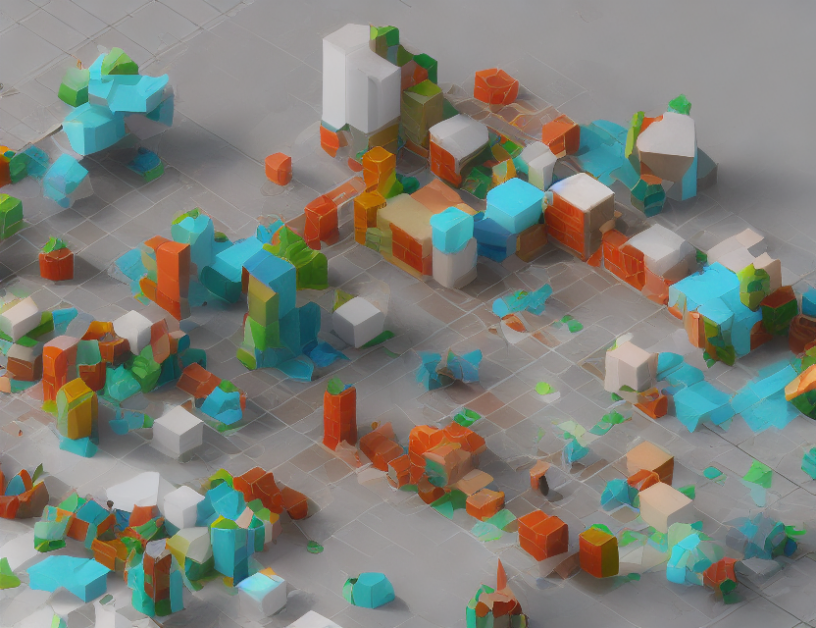In this article, the authors present a novel approach to 3D shape creation using sketches as conditioning inputs for a diffusion process. The proposed method, called Sketch-based 3D Generation (S3D), leverages the inherent interpretability of sketches to create highly detailed and accurate 3D shapes.
The S3D pipeline consists of two stages: (1) an encoder network that maps sketches to a part-disentangled representation, and (2) a diffusion process that progressively refines the generated shape. The key innovation lies in the use of sketches as conditioning inputs for the diffusion process, allowing for more accurate and nuanced 3D generation.
To understand how S3D works, imagine you’re trying to reconstruct a 3D object from a 2D image. Just like how an artist might use reference images to create a realistic painting, S3D uses sketches as references to create 3D shapes with unprecedented detail and accuracy.
The encoder network is trained to extract meaningful features from the sketches and represent them as part-disentangled representations. These representations are then used to condition the diffusion process, which progressively refines the generated shape. The attention mechanism in the diffusion process allows the model to focus on the most important parts of the sketch, ensuring that the resulting 3D shape is highly accurate and detailed.
S3D has several advantages over traditional 3D generation methods. Firstly, it allows for more intuitive control over the generated shape, as users can simply draw a sketch to create a 3D object. Secondly, it enables faster and more efficient 3D creation, as the sketch-based conditioning reduces the computational complexity of the diffusion process. Finally, S3D generates highly detailed and accurate shapes, making it a valuable tool for a wide range of applications, including computer-aided design (CAD), video games, and virtual reality (VR).
In conclusion, Sketch-based 3D Generation with Conditioned Diffusion offers a powerful new approach to 3D shape creation, leveraging the interpretability and intuitiveness of sketches to create highly detailed and accurate 3D shapes. With its ability to streamline the creation process while maintaining accuracy and detail, S3D has the potential to revolutionize the field of 3D generation.
Computer Science, Computer Vision and Pattern Recognition
Learning Implicit Shape Representations with Part-Aware Latent Diffusion



